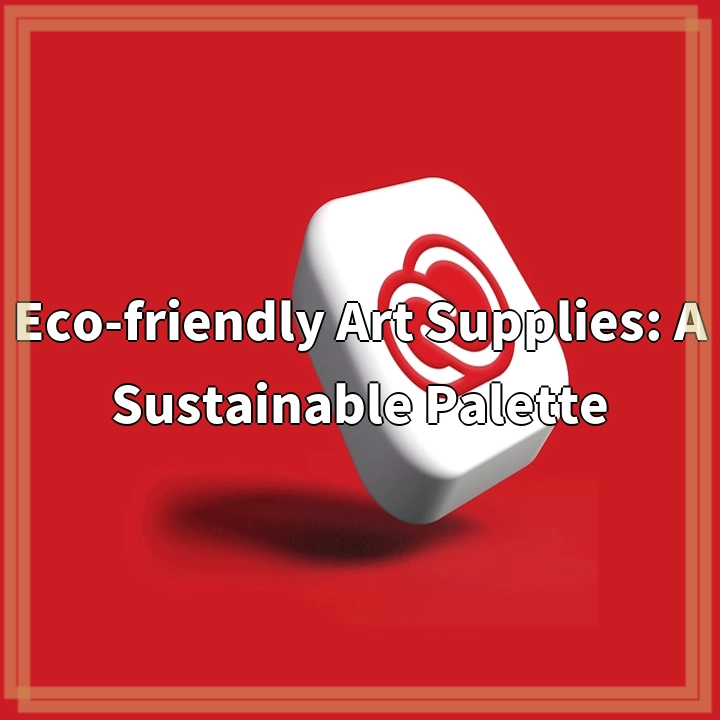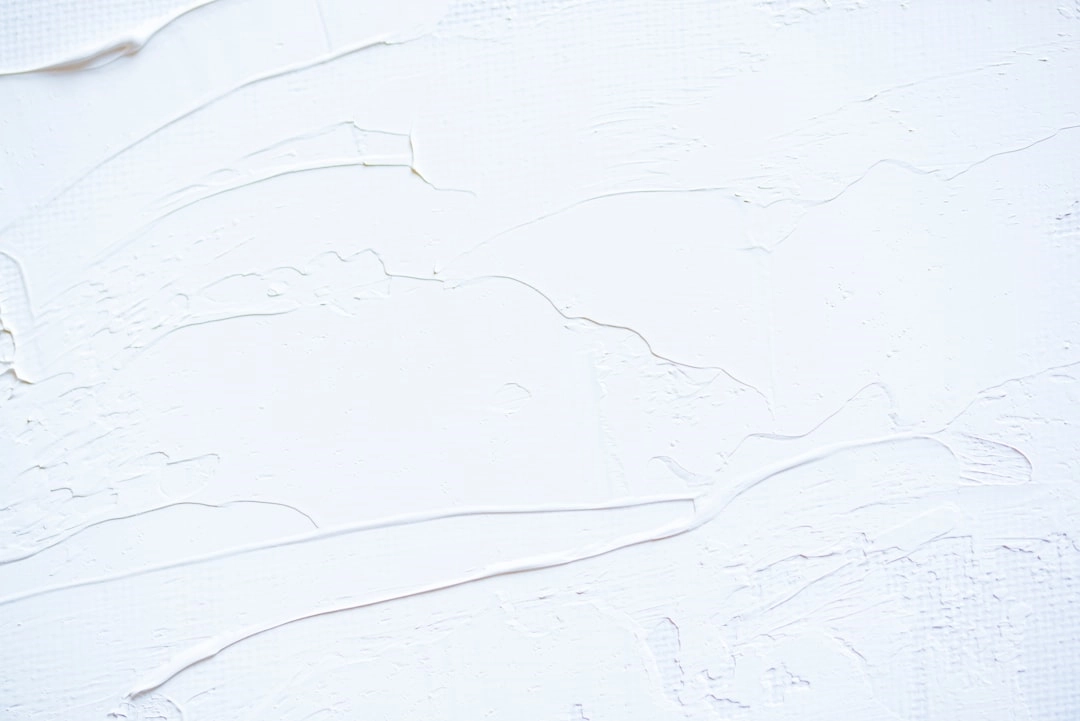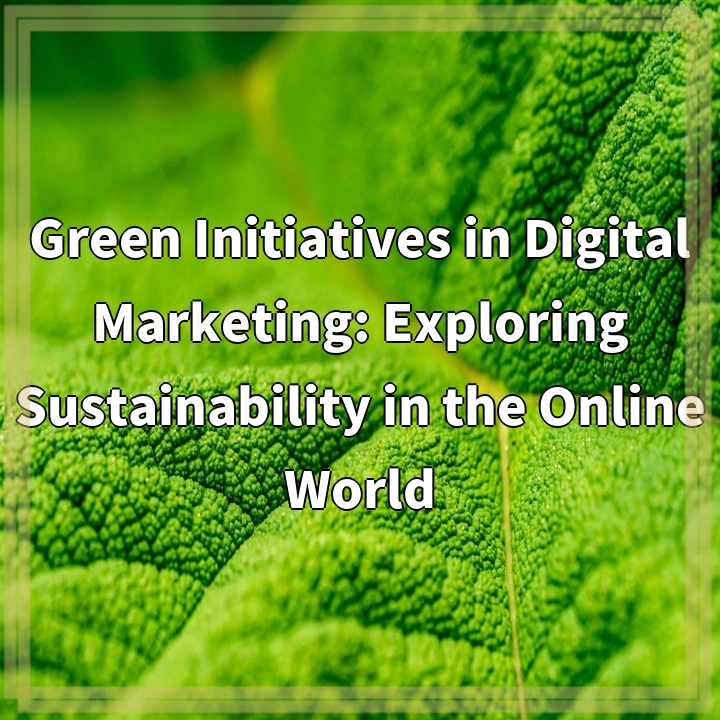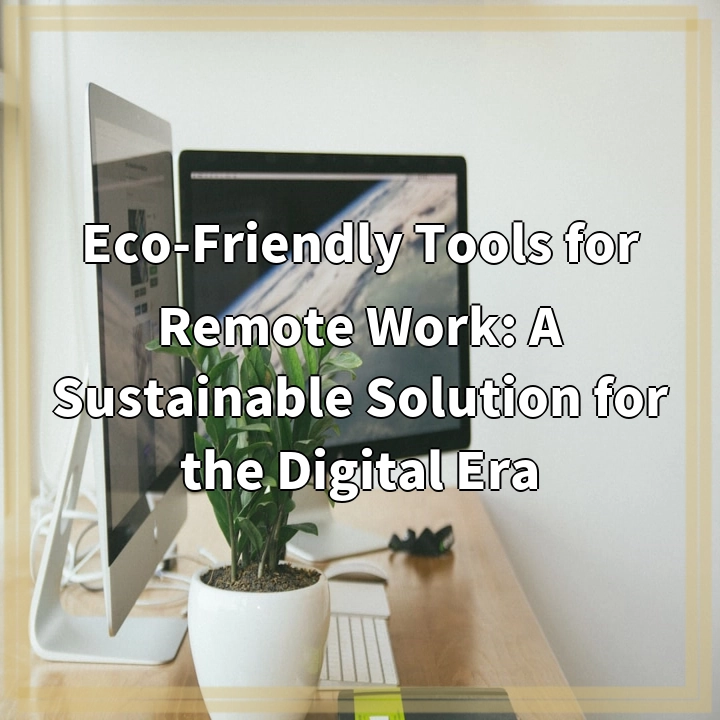
What are Eco-friendly Art Supplies: A Sustainable Palette
Eco-friendly art supplies, also known as sustainable art supplies, are materials used by artists that have minimal environmental impact throughout their lifecycle. These supplies are designed to reduce harm to the environment, as well as the health and safety risks posed to artists and consumers.
Real-World Problems Associated with Eco-friendly Art Supplies
1. Chemical Pollution
Eco-friendly art supplies aim to minimize the use of toxic chemicals that can be harmful to the environment and human health. Conventional art supplies often contain high levels of volatile organic compounds (VOCs) and heavy metals, which can leach into the soil and water when improperly disposed of. These pollutants can contaminate ecosystems, impacting wildlife and human populations.
2. Waste Generation
Conventional art supplies often come in non-recyclable or non-biodegradable packaging, contributing to waste generation. This waste can end up in landfills or incinerators, leading to environmental pollution and resource depletion. Eco-friendly art supplies aim to minimize waste by using recyclable or biodegradable packaging materials.
3. Energy Consumption
The production of conventional art supplies, such as paints and pigments, often involves energy-intensive manufacturing processes. This contributes to greenhouse gas emissions and climate change. Eco-friendly art supplies seek to reduce the environmental footprint of production by using energy-efficient processes and sourcing materials from sustainable and renewable sources.
4. Deforestation and Habitat Destruction
Many traditional art supplies, such as wood-based sketchbooks or palettes, rely on materials sourced from forests. This can contribute to deforestation and habitat destruction, impacting biodiversity and ecosystems. Sustainable art supplies aim to use alternative materials that do not contribute to deforestation or prioritize the use of sustainably sourced materials.
5. Lack of Awareness and Accessibility
One of the challenges in promoting eco-friendly art supplies is the lack of awareness and accessibility. Many artists and consumers may not be aware of the environmental impacts of conventional art supplies or the availability of eco-friendly alternatives. Additionally, sustainable art supplies may be more expensive or less readily available, limiting access for artists on a tight budget or in certain geographic regions.
Addressing these real-world problems associated with art supplies is crucial to foster a more sustainable and environmentally conscious art community. By embracing eco-friendly art supplies, artists can reduce their ecological footprint and contribute to a greener and more sustainable artistic practice.

Solutions to the Problems of Eco-friendly Art Supplies
1. Choose Non-toxic and Sustainable Materials
Opt for art supplies that are labeled non-toxic and have low levels of VOCs and heavy metals. Look for eco-certifications, such as the AP (Approved Product) seal, which indicates that a product has been tested for safety. Additionally, choose sustainable materials like recycled paper, bamboo brushes, and natural pigments made from plant-based sources.
2. Reduce, Reuse, and Recycle
Minimize waste by practicing the three Rs – reduce, reuse, and recycle. Purchase art supplies in bulk when possible to minimize packaging waste. Reuse and repurpose materials like empty containers or old canvases. When disposing of art supplies, recycle packaging materials and properly dispose of hazardous waste, following local regulations.
3. Support Eco-friendly Brands
Choose to support companies and brands that prioritize sustainability in their production processes. Look for those that use renewable energy, follow fair trade practices, and provide transparency about their sourcing and manufacturing. By purchasing from eco-friendly brands, you contribute to the demand for sustainable art supplies, encouraging more companies to adopt environmentally friendly practices.
4. Educate and Raise Awareness
Spread the word about the importance of eco-friendly art supplies. Share information, resources, and tips on social media platforms, art communities, and local art organizations. Consider organizing workshops or exhibits that focus on sustainable art practices to further educate and engage fellow artists and the public.
5. Advocate for Change
Use your voice as an artist and advocate for change in the art industry. Raise awareness among art suppliers, manufacturers, and retailers about the demand for sustainable art supplies. Encourage them to expand their eco-friendly product lines, improve packaging practices, and commit to ethical and sustainable production standards.
By implementing these solutions, artists can contribute to the shift towards a more sustainable and environmentally conscious art industry. Together, we can create a positive impact on the planet and inspire others to embrace eco-friendly art supplies for a brighter and greener future.















